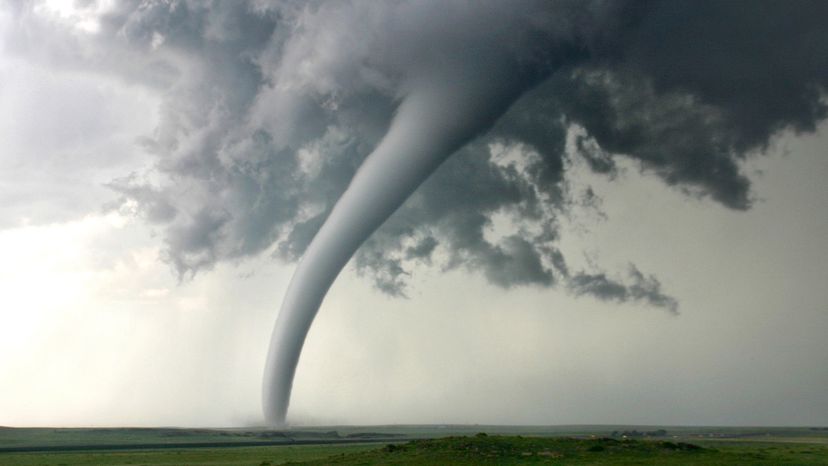The tornado hit towns like Gorham, Murphysboro, De Soto and West Frankfort, Illinois. The destruction caused in these small communities was extreme, with some entire towns completely demolished.
Jackson County Historical Society records show that the town of Murphysboro suffered one of the highest death tolls, while two schools (Logan School and De Soto School) were destroyed during school hours.
Huge portions of Murphysboro — and local landmarks such as its First Baptist Church — were destroyed.
The tornado continued into southwestern Indiana and passed through towns like Griffin and Princeton. Indiana State Library archives document the impact on southwestern Indiana, where more deaths occurred and property damage continued to mount.
